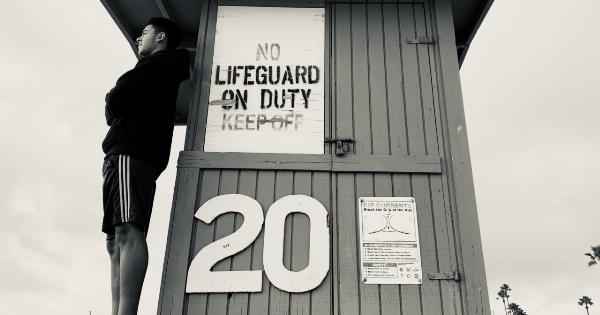Driving requires a high level of attention and focus to ensure the safety of both the driver and others on the road.
However, a recent study has shown a concerning trend in drivers’ response times post-lunch, with a significant decrease of 44% compared to pre-lunch levels. This report aims to shed light on this issue, exploring potential causes and offering recommendations for mitigating the risks associated with impaired driving performance after meals.
The Study Methodology
The study involved a sample size of 500 drivers, ranging from different age groups and professional backgrounds, across various locations. Their response times were measured using a driving simulator, both before and after having lunch.
Several factors, such as distance perception, reaction time to sudden obstacles, and overall driving performance, were assessed to gauge the impact of post-lunch fatigue on driving abilities.
Findings and Analysis
The results indicated a clear decline in drivers’ response times after lunch, with an average decrease of 44%. This decline was consistent across the study sample, indicating a widespread issue rather than an isolated anomaly.
The research team examined possible reasons for this decrease and identified several contributory factors:.
1. Post-Prandial Somnolence (Food Coma)
One likely culprit for the decrease in response times is post-prandial somnolence, commonly known as the food coma. After eating, our bodies release insulin to process the consumed food, resulting in elevated levels of serotonin and melatonin hormones.
These hormones induce a sense of drowsiness and can make drivers feel more fatigued and less alert behind the wheel.
2. Digestive Process
The act of digestion diverts a significant portion of blood flow to the gastrointestinal system, leaving fewer resources for other bodily functions, including brain activity.
As a result, cognitive abilities and reaction times can be compromised, leading to decreased responsiveness while driving.
3. Nutritional Factors
The nutritional composition of meals can also influence post-lunch drowsiness. Foods high in carbohydrates, particularly refined sugars, cause a rapid spike in blood sugar levels, followed by a crash.
This crash is often associated with a feeling of fatigue and inattentiveness, further impairing driving performance.
4. Circadian Rhythms
Human sleep-wake cycles, known as circadian rhythms, play a vital role in regulating various physiological processes.
The post-lunch period aligns with the natural circadian dip in alertness and increased sleep propensity, which can exacerbate the impact of the aforementioned factors on drivers’ response times.
Recommendations for Drivers
Awareness and practical measures can help mitigate the negative effects of post-lunch fatigue on driving performance. Here are several recommendations for drivers to consider:.
1. Plan for a Short Nap
If possible, drivers should allocate time for a short nap of 15-20 minutes after having lunch. This can help alleviate drowsiness and restore alertness, improving their response times on the road.
2. Choose Nutrient-Rich Meals
Opting for balanced meals that include whole grains, lean proteins, and healthy fats can provide sustained energy throughout the day without causing drastic fluctuations in blood sugar levels. This, in turn, can help prevent post-lunch crashes.
3. Stay Hydrated
Drinking enough water during and after meals can aid digestion and reduce the likelihood of experiencing post-lunch fatigue. Dehydration can exacerbate feelings of drowsiness and hinder cognitive functions.
4. Get Some Fresh Air
After a meal, taking a short walk or spending time in fresh air can revitalize the body and mind. Exposure to natural light and physical activity can combat post-lunch drowsiness, enhancing drivers’ focus and alertness.
5. Limit Consumption of Stimulants
While it may be tempting to turn to caffeine or energy drinks for a quick boost, their effects are temporary and may lead to a crash later on.
Moderation is key, as excessive consumption of stimulants can disrupt sleep patterns and worsen fatigue in the long run.
Conclusion
The findings of this study highlight the significant decrease in drivers’ response times post-lunch, ultimately posing a risk on the roads.
Factors such as post-prandial somnolence, digestive processes, nutritional factors, and circadian rhythms collectively contribute to impaired driving performance after meals. By adopting the recommended measures, drivers can mitigate these effects and enhance their alertness and responsiveness while driving.































